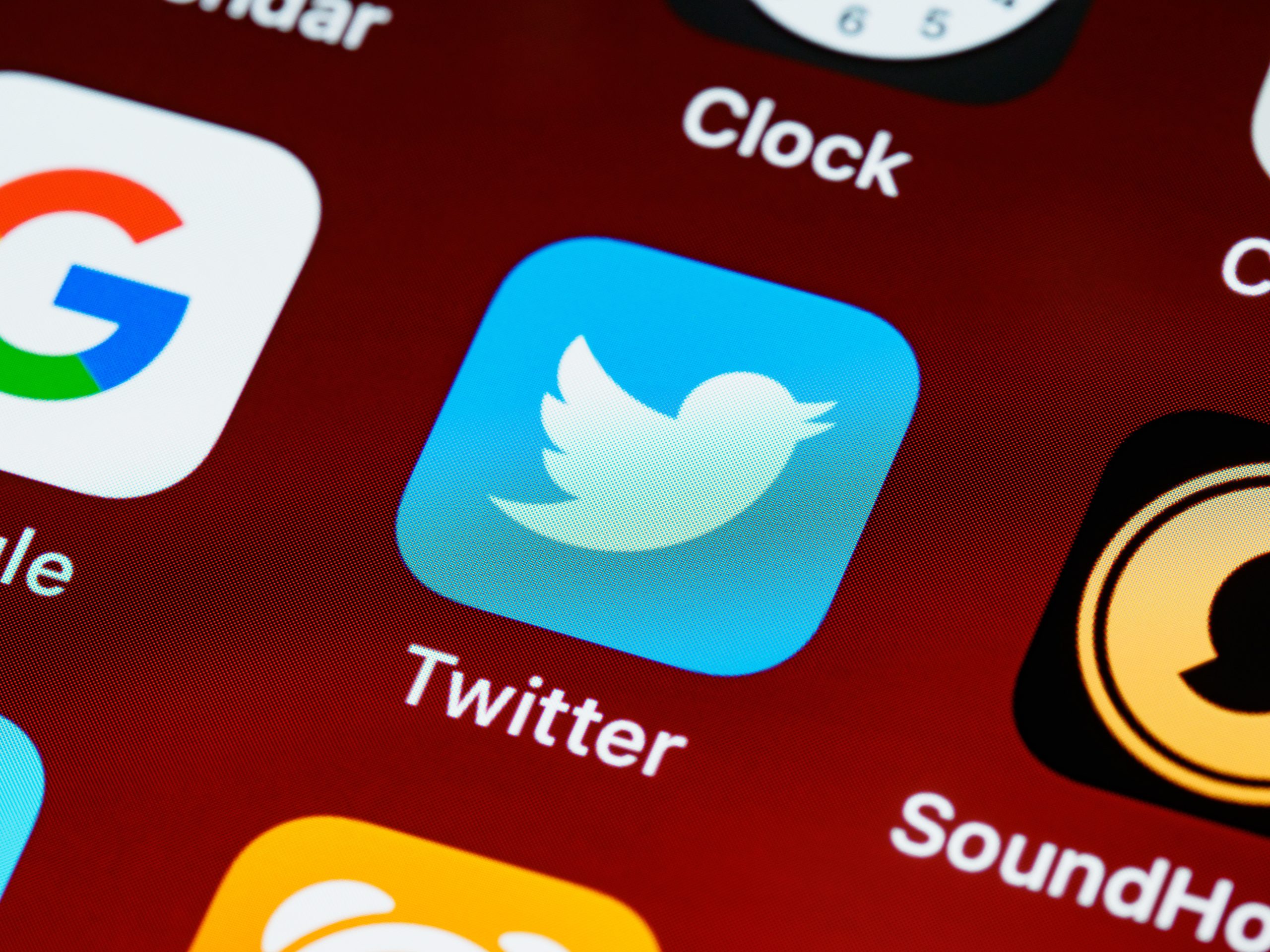
Knowing when to hire a marketing agency can lead to sustained growth if you time it right.
When small businesses start, it’s quite common for the owners to want to keep as many tasks “internal” as possible. Sometimes it is out of personal preference, while other times it comes down to cost/necessity. As the business grows, however, more help is needed as customers and relationships begin to increase.
This is especially true when it comes to hiring a marketing agency. While many efforts are often done in-house to save costs, there does come a point where it just makes sense to hire an outside marketing firm. Here are some of the telltale signs to look out for.
1) It Just Isn’t Getting Done
As a business owner, prioritizing tasks is a must. Unfortunately, marketing efforts are often the first to be sacrificed. Hiring a marketing agency cannot only take these tasks off your plate, but it can also make them a top priority!
2) Slow or Stagnant Sales
Oftentimes, ad agencies will offer a free (brief) consultation. If you know the pieces are in place but sales are still not what you want them to be, why not at least talk to someone about it? After speaking, you should come away with a much better feel for how your lack of marketing is holding you back!
3) You Just Don’t Enjoy Marketing
Marketing professionals exist for a reason. Blog posts, landing pages and emails are not the most exciting tasks ever – but they are important and must be done right. Let an agency bring in their passion for marketing so it compliments the passion you have for your business.
4) You Need More Skills
Just because you’re a business owner doesn’t mean you have to be an expert at marketing. Most aren’t! An experienced marketing agency will take the time to get to know you and your business and then apply their skills to your benefit.
5) Questionable Marketing Results
If your marketing results have been hit or miss, It’s quite easy to come to the conclusion that inbound marketing doesn’t work for your business if marketing results are hit or miss. With a fresh set of eyes and a new perspective, a marketing agency will put together an ongoing strategy to overcome your challenges and meet your goals.
6) Budget Concerns
Many times, decisions come down to money. After all, it’s business! But did you know that when you hire a marketing agency, you can often get the benefits of experienced, skilled professionals in a variety of areas – for about the cost of one employee?
Remember, you won’t know what’s out there until you look! Don’t be afraid to talk to different agencies to see how they can help your business. You might be surprised at what they can offer – and at a good rate!





